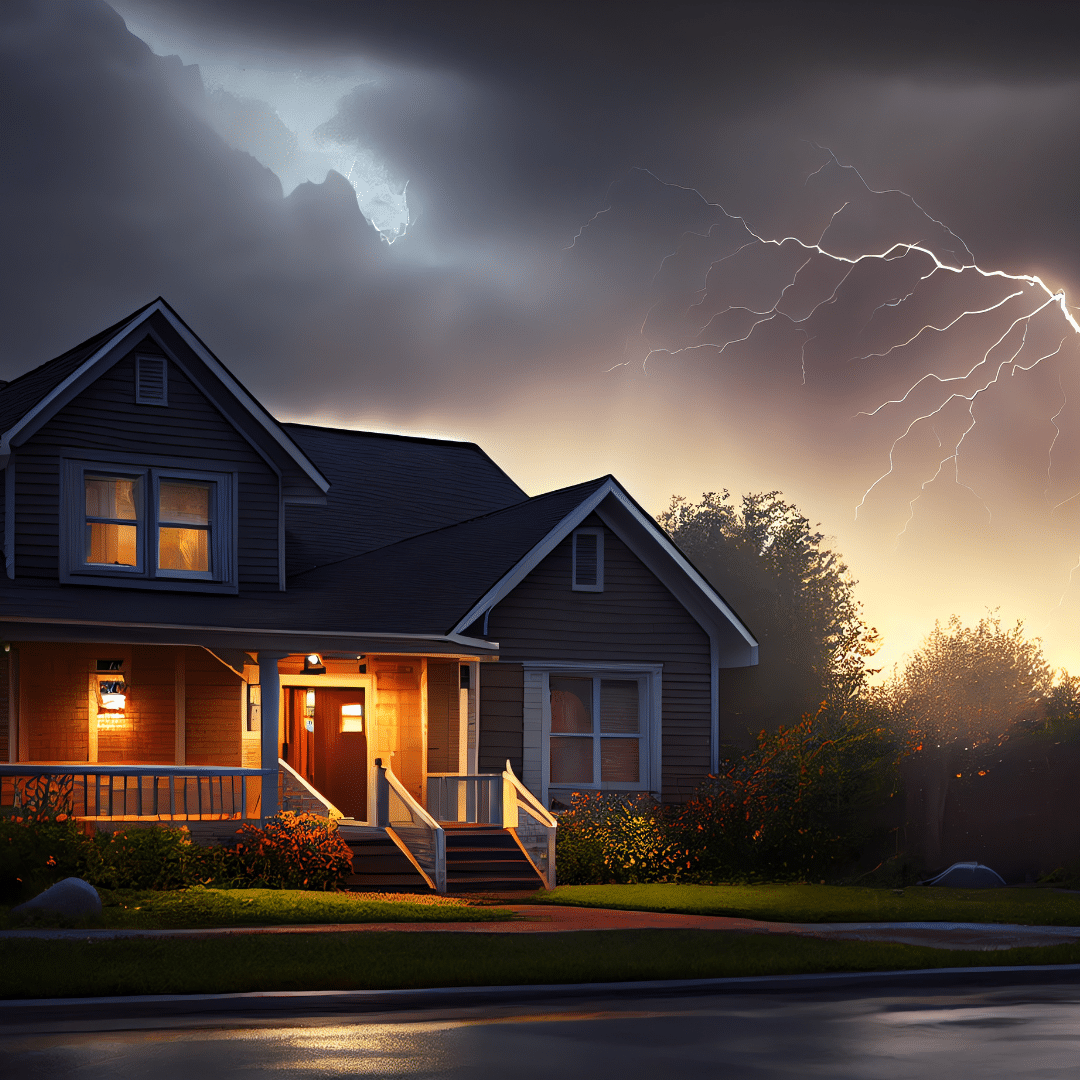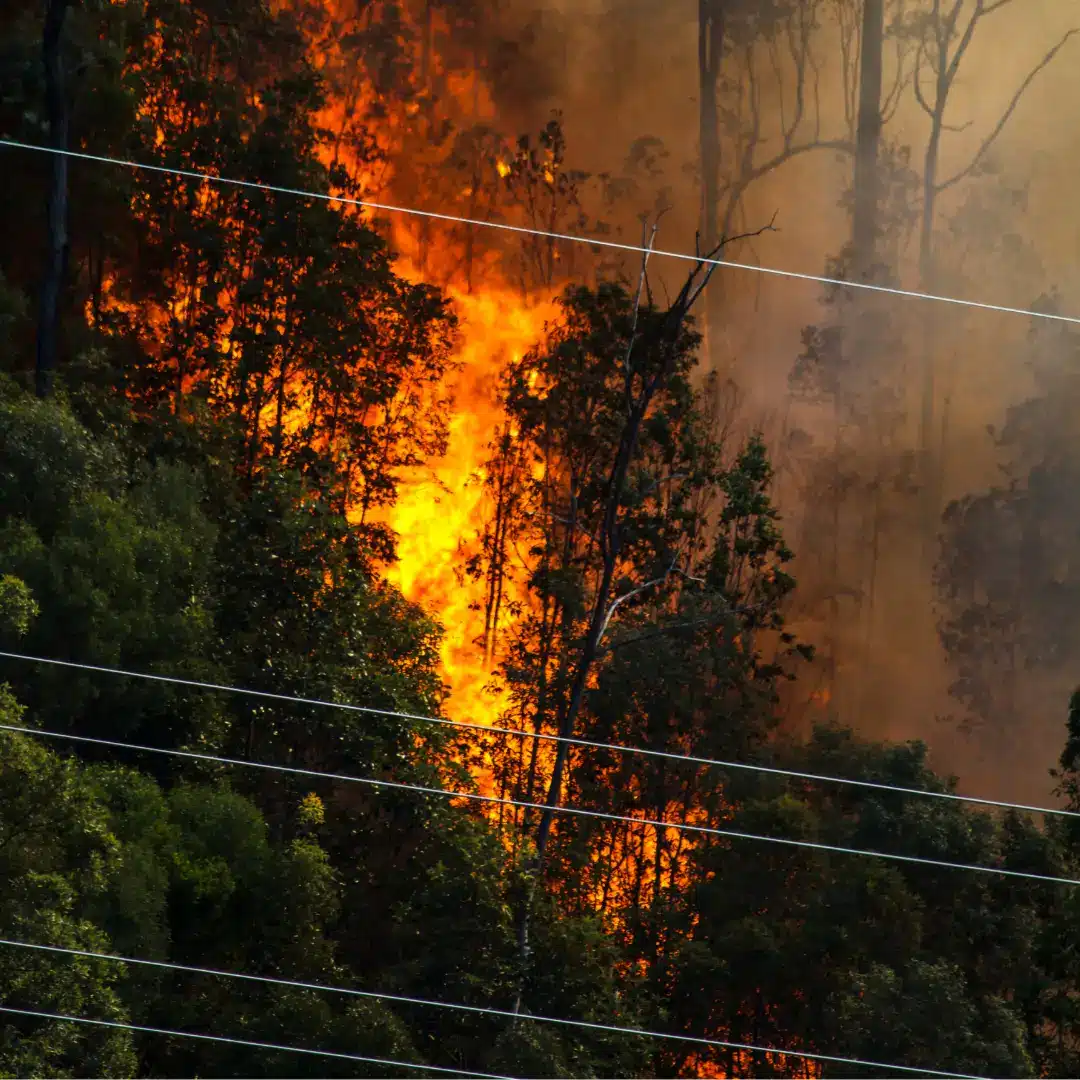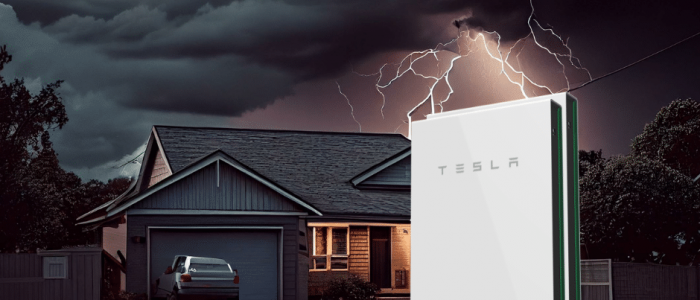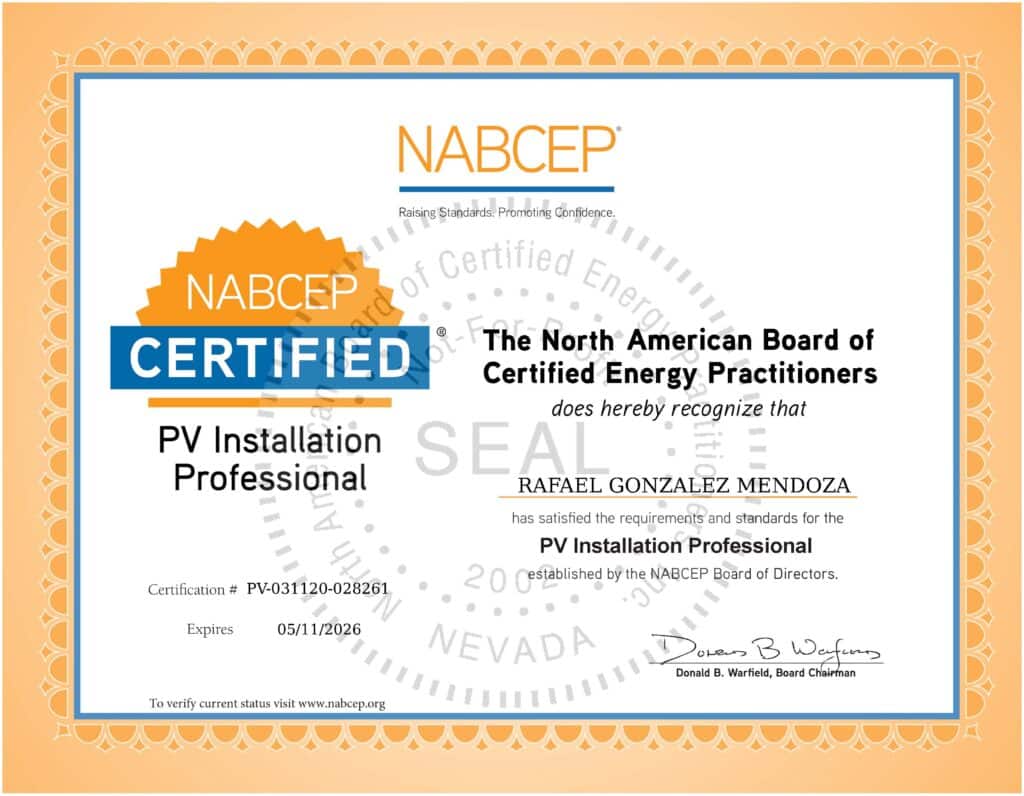Our climate is no exception to the rule that change is the only constant
In an ever-evolving world, change remains the one constant, and this truth extends to our planet’s climate. Throughout the annals of time, the Earth has witnessed the ebb and flow of its icy glaciers, endured periods of darkness caused by asteroid debris, and even experienced tropical climates embracing unlikely places like Greenland. But today, we find ourselves amidst a different kind of change—a consistent and gradual warming trend.
It’s a transformation that dates back to the late 19th century, marked by a steady 2.12-degree Fahrenheit increase in our global temperatures, primarily propelled by a surge in carbon dioxide emissions. What was once considered extreme weather—destructive wildfires, lethal heatwaves, relentless downpours, and record-breaking hurricanes—is now becoming the new normal.
From one coast to the other, these severe weather events are challenging our aging utility networks, pushing them beyond their breaking point. The outcome? Widespread power outages of extended duration. Just five years ago, the typical American homeowner experienced less than four hours of power outage annually. Shockingly, in 2020, this duration more than doubled to an excruciating eight hours.
As we navigate this ever-changing climate landscape, one thing is clear: the need for resilient infrastructure and sustainable practices has never been more apparent. The imperative to adapt to the evolving climate becomes not just a choice but a necessity for safeguarding our way of life.

What causes power outages during severe weather?
Summer storms during Hurricane Season, accompanied by treacherous conditions like fallen power lines and blackouts, can be a frightening reality for many of us. From heavy rain to fierce winds, extreme weather can lead to tree branches that eventually come crashing down on roads and buildings. Nonetheless, this is not the only consequence of such events.

The equipment and infrastructure for creating, transmitting and distributing energy are constantly exposed to inclement weather. Even with moderate gusts, 30 mph being the speed recorded by California weather stations that triggered the devastating Tubbs Fire of 2017, old hardware can be substantially damaged.

In a heat wave, more individuals turn to air conditioning, causing a large demand on the grid. With transmission lines having low capacity in hot weather, this increased demand makes the lines sag and can lead to short-circuiting if the grid is overtaxed. Furthermore, severe weather such as heavy rain can damage power equipment while mudslides hamper access to broken components and extend outages.
To avoid serious damages caused by extreme weather conditions, utility companies might have to deactivate equipment, which could lead to service interruptions in certain areas. This strategy of shutting down power is growing in popularity.
Making your house more resilient to ensure that you and your family remain safe
Nearly 250 vulnerable Texas residents died during a historic deep freeze when the power grid failed and left 4 million without electricity for days. Long-term power outages aren’t just an inconvenience, they can be deadly. Many fear that tragedies of this sort will become more common without immediate solutions to our nation’s aging infrastructure and a climate that continues to stress the grid.
How can you ensure the security of your home and yourself and your family?
It is obvious that utility companies prioritize restoring power swiftly, rather than preventing grid failure. Although a day without electricity is better than a week, residents must be prepared for these outages, which are becoming more common.
Preparation for potential disasters is rarely foremost in our minds, until we find ourselves in the midst of chaos. Without any warning, we can be subjected to sudden weather-related outages, leaving us just enough time to grab essentials. We can ensure our homes are supplied with a steady energy source during grid failure by preparing ahead of time with solar and battery backup power.

Go Solar Power is firmly dedicated to promoting energy independence.
We envision a world where you are able to access energy on your terms; one that works for you regardless of power outages or the weather. Our mission is to provide dependable energy to you, your family and your neighborhood. We strive to bring you energy independence.
Go Solar Power provides the perfect solution – a Tesla Powerwall add-on battery storage for your home solar system. As an eco-friendly alternative to noisy, gas guzzling generators, it ensures you have reliable energy during power outages. Plus, you won’t need to worry about fuel supply during disaster situations; the Powerwall will provide plentiful backup for hours on end.
Our Powerwall home battery storage system from Tesla guarantees power anywhere, anytime. Homeowners in Florida, Texas and California who are affected by planned or unplanned power interruptions can tap into the energy their solar panels produce, to keep things running even when the grid is down. With this solution, you can stay connected to work, cook your meals uninterruptedly, run your forced-air furnace as needed, watch the news or medical equipment like oxygen devices in peace.
The climate is evolving, yet you don’t need to make adjustments to your daily routine. Be prepared now for potential blackouts in the future — and appreciate having an uninterrupted lifestyle. Click Here for Your Custom Solar and Tesla Powerwall Plan.


